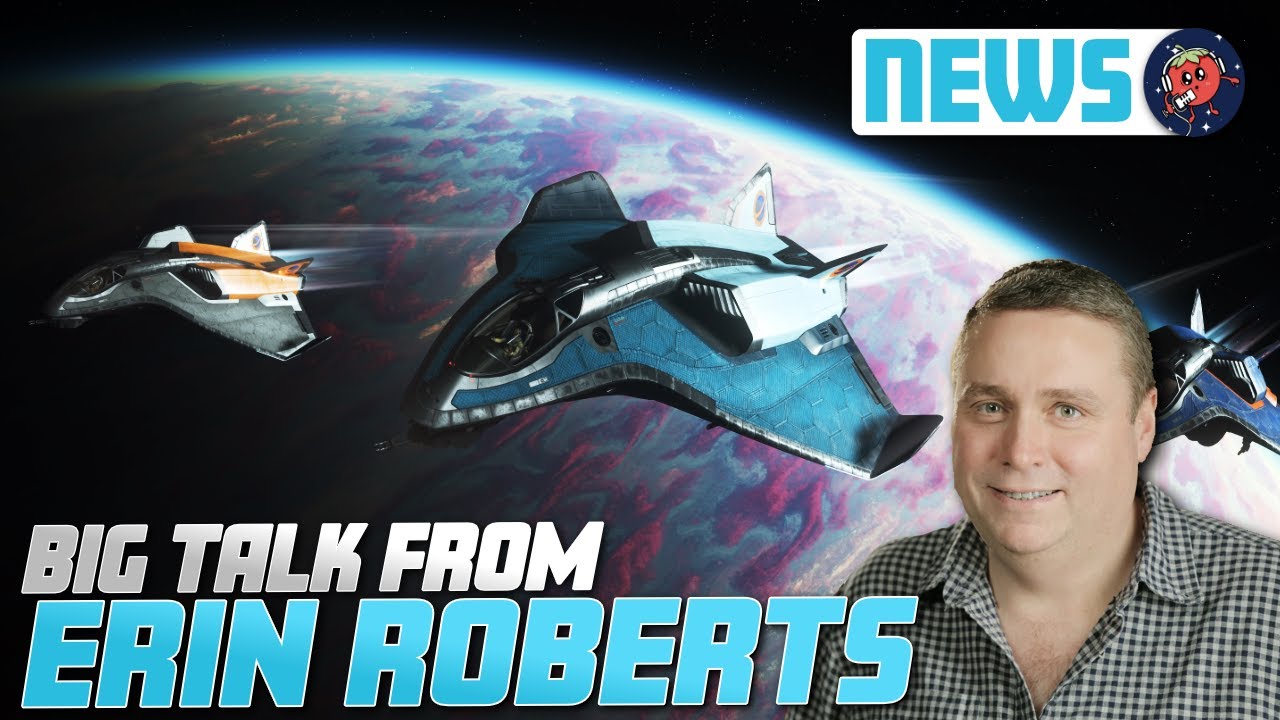The video summarizes an interview with Erin Roberts discussing Star Citizen’s focus on creating a more persistent universe with location-based content, improved stability, and foundational gameplay systems, while moving away from temporary events. It highlights upcoming features like raids, sandbox locations, and systemic updates, emphasizing a gradual approach to development aimed at enhancing player experience and strategic depth.
The video provides a detailed overview of an interview with Aaron Roberts, Chris Roberts’ brother, discussing the current and future development plans for Star Citizen. Roberts touches on various aspects such as raids, missions, locations, and gameplay systems, highlighting how the game is shifting towards more persistent, location-based content rather than dynamic global events. He explains that while raids are planned for this year, they are likely to be more team-based missions with high risk and reward, rather than the large-scale distribution center raids initially envisioned. These raids will focus on cooperative gameplay and strategic entry, with more challenging interiors and rewards.
Roberts emphasizes the game’s move away from limited-time events like the Siege of Orison, favoring permanent locations that players can visit and interact with regularly. This shift aims to create a richer, more persistent universe where players can engage in various activities without relying on scripted, triggered events. He discusses the importance of sandbox locations like Hathor and other outposts, which will serve as ongoing areas for exploration, combat, and looting, providing more consistent gameplay opportunities that can be revisited repeatedly, unlike temporary event-based scenarios.
The interview also covers technical and systemic updates, such as the item management overhaul, ground vehicle elevators, and the refactoring of core systems. Roberts explains that many of these features are being prioritized to improve stability and performance, especially as resources are currently heavily allocated to Squadron 42. He notes that new features like dynamic weather, radiation gameplay, and NPC interactions are still in development but will gradually be introduced as the game stabilizes. The focus remains on delivering a polished experience before rushing new content, which explains the slower pace of feature releases.
Further topics include the game’s evolving medical and reputation systems. Roberts discusses how medical gameplay will involve different levels of treatment, costs, and resource management, with future implementations of death mechanics and revivals that depend on resource expenditure and in-game cycles. Reputation and faction systems are also being refined to allow players to influence system control and faction control dynamically, enabling scenarios where outposts and regions can change hands based on player actions. This adds a layer of emergent storytelling and strategic depth, although some features are still in conceptual stages.
In the closing remarks, Roberts mentions future features like player-deployed ambush traps, sensor jamming, and in-game radios, which are in early development or conceptual phases. He notes that many of these features depend on additional manpower and are not imminent but remain on the developers’ radar. Overall, the interview underscores a shift towards stability and foundational gameplay improvements, with ambitious plans for persistent locations, narrative-driven events, and player agency, all while acknowledging that many of these features will take time to fully realize.
